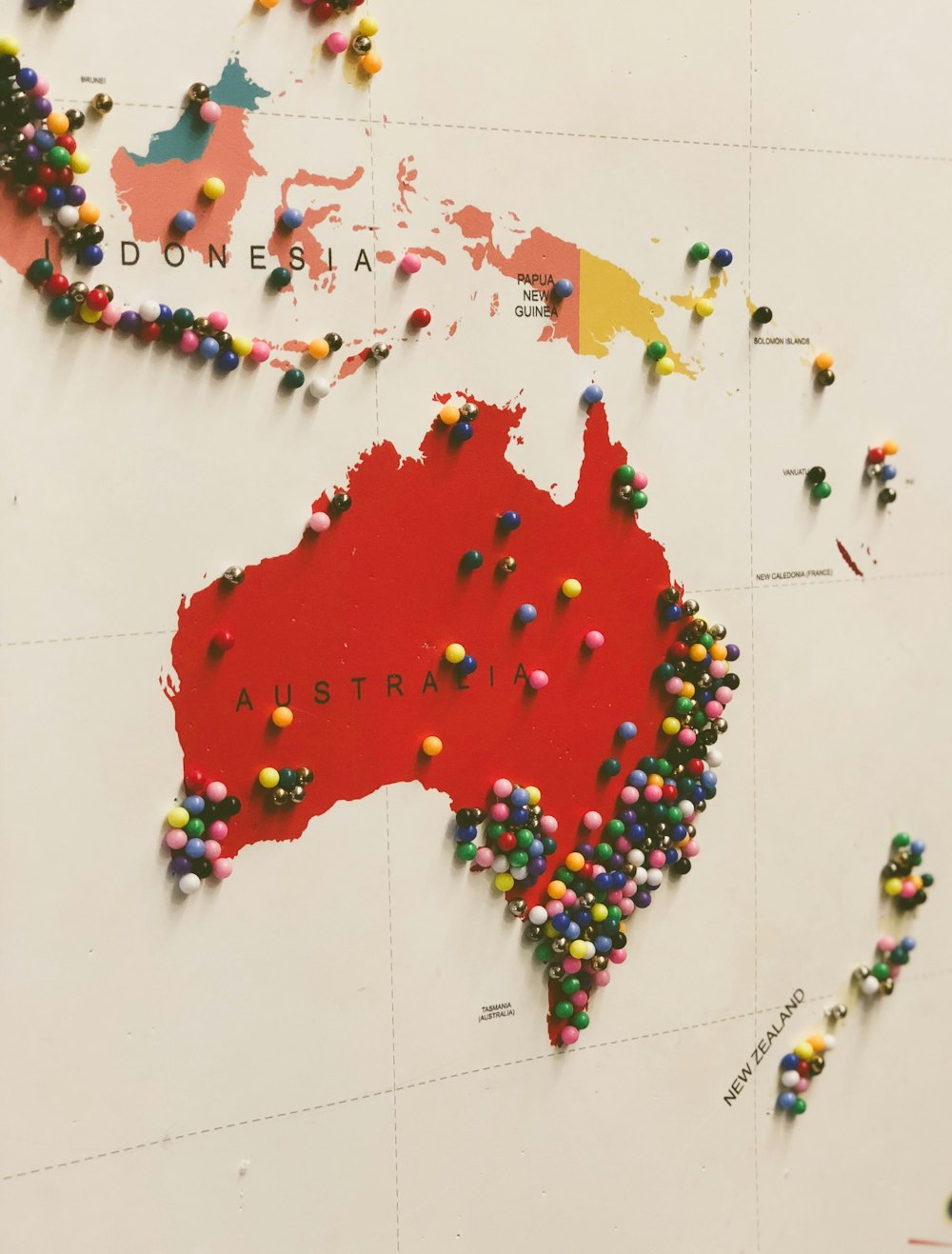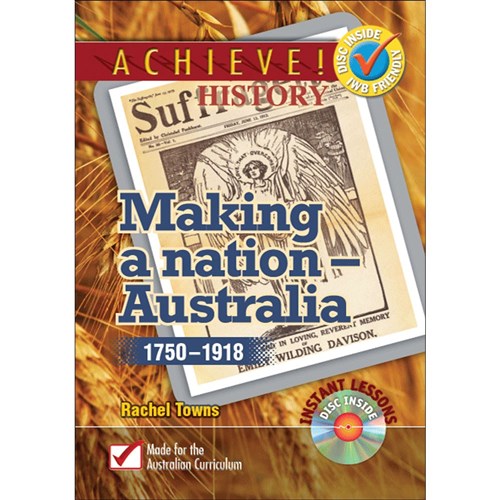



Throughout the 19th century and into the 20th century, Australia started to move away from feeling like an extensions of Britain and turn towards being a country in its own right, with its own identity. But what is an Australian identity and how did it come to be? Read through the resources below to explore Australia's national identity.
Trying to define national identity is like searching for the end of a rainbow. It isn’t something that can be found or a place we can collectively reach; it’s something that unfolds over time and through generations. It’s also something that is contested and evokes a sense of belonging individually. Read through this article to hear some perspectives on Australia's national identity and how we go about defining it.
This website from a marketing firm gives a good rundown on some "Australian" values and how we see them played out in our culture. Read through the article to see whether or not you agree with those values.
Contemporary Australian society is a patchwork of cultural and ethnic diversity. Australians are largely embracing of multiculturalism and welcoming of those born overseas, however being ‘Australian’ can describe a broad range of characteristics, behaviours and attitudes. National identity and pride in being Australian regularly influence public debate in Australia, but they are not always clearly defined. How do Australians living in a multicultural society identify with their national identity, and how do they view themselves as citizens? This book examines Australia’s cultural diversity and the issue of social cohesion in light of its longstanding policy of multiculturalism. It also discusses a range of symbols and attitudes which define what it means to be Australian. Are multiculturalism and nationalism necessarily at odds?
One way of trying to define our national identity is by describing it to people who are not citizens. Read through this website from the Department of Home Affairs that describes to people hoping to become Australian citizens what it means to be Australian and see if you agree.
By 1891, Australia was a highly urbanised society, with two-thirds of the population living in cities. However, citizens increasingly located their origins in the bush; art, literature and popular culture often focused on images and stories of the bush and on rural and pioneer subjects. Read through this website to see how this focus on the bush featured in early Australian art and shaped the national identity.
This website briefly discusses how difficult it is for Australians to find a national identity.
This fact sheet explains Australia's key national symbols, including the Coat of Arms, our flags, the national anthem, the floral emblem and our national colours. It explains the history and significance of each symbol.
The Australian National Flag (the flag) was first flown in 1901. It is Australia's foremost national symbol and has become an expression of Australian identity and pride. The flag is paraded by our defence forces and displayed around the country at sporting events and by service organisations, schools, community groups and private citizens. Read through this website to learn more about the flag.
In the 1800s, people worked up to 16 hours a day, suffered harsh conditions and minimal job security. In Victoria today, most people's working conditions have seen some major improvements, like sick pay and shorter working hours. These changes to labour rights became a part of the Australian identity and Australia became known as a "worker's paradise". Find out how these changes came to be – how the 8-hour day was born, how unions developed in Victoria, and all about the men and women who fought for workers' rights.
By the 1870s football was well established in Melbourne. Clubs formed around suburbs, hotels, churches, schools and workplaces, and in a society of recently-arrived immigrants, provided a sense of belonging and community. Read through this article to learn about the role sport played in forming a national identity.
Horsemanship and horses were worked into 19th-century Australian culture as a key aspect of national identity. Authors such as Adam Lindsay Gordon and Banjo Paterson incorporated horses into their writing, celebrating the relationship between horse and rider. It was from this ’horse culture’, and the rapid growth in Victoria’s population and wealth, that the Melbourne Cup developed. Read through this article to learn more.
Best known for the folk song Waltzing Matilda and the ballads The Man from Snowy River and Clancy of the Overflow, Andrew Barton "Banjo" Paterson is the most famous – certainly the most publicly performed – Australian writer who has ever lived. His work played a key role in defining the national identity. Read through this article to learn more about him and his legacy.
This article looks at the symbolism of the Australian flag, its history, what it says about our national identity, and whether or not it needs to be changed.


 Australian flags and emblems
by
Australian flags and emblems
by
 The Australian flag : the first 100 years
by
The Australian flag : the first 100 years
by
 Australia's heritage in profile
by
Australia's heritage in profile
by
 Making a nation : Australia, 1750-1918
by
Making a nation : Australia, 1750-1918
by